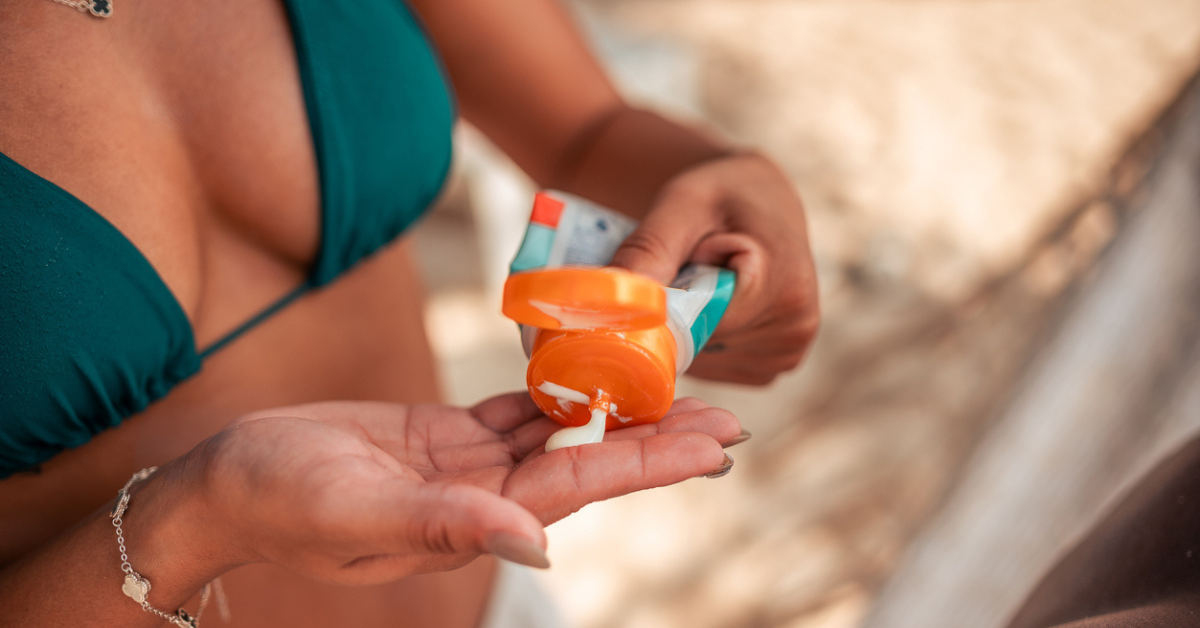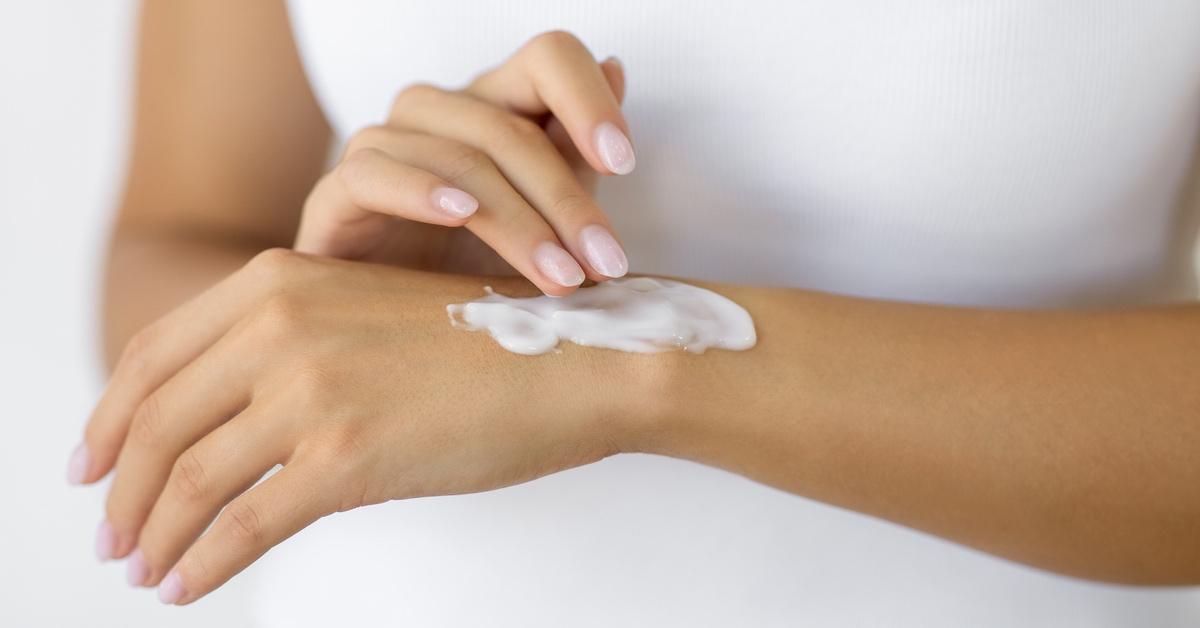Do You Know What's in Your Sunscreen? Bad Ingredients You Might Not Be Familiar With
That doesn't mean it's safer to go without sunscreen.
Updated Aug. 19 2024, 2:01 p.m. ET

The Environmental Working Group (EWG) is urging consumers to examine the sometimes complex ingredient list of sunscreen. Using the latest information from the U.S. Food and Drug Administration (FDA), the EWG has created a list of ingredients consumers should watch for when shopping for UV protection.
Not only does the group claim that some of these ingredients can irritate the skin, but based on the FDA's findings, the agency worries that some ingredients can have far worse impacts on human health, including everything from promoting hormone disruption to causing cancer. Take a look at these 16 bad sunscreen ingredients, so you know what to look for when buying your next tube.

Oxybenzone
One of the biggest concerns to the EWG is Oxybenzone, which it says has been known to cause hormone disruptions and allergic skin reactions. Oxybenzone may also be especially harmful to children. According to the Centers for Disease Control and Prevention (CDC), this chemical is also easily absorbed through the skin.
Octinoxate or octyl methoxycinnamate
This non-mineral ingredient is also easily absorbed by the skin, according to the EWG. Not only that, but it continues to be absorbed, producing blood samples that show octinoxate levels at 16 times the FDA's safety level, according to a 2020 study published in the National Library of Medicine.
Some additional concerns about this compound include thyroid production, allergic reactions, and the potential to cause harm to aquatic life when it's used before swimming in natural bodies of water.
Homosalate
This non-mineral compound has been heavily regulated after a European Commission report suggested that human homosalate exposure shouldn't exceed a maximum concentration of more than 1.4 percent due to fears over the potential for hormone disruption.
In the U.S., that number is permitted to reach up to 15 percent, per Science Direct, which means American sunscreens that use this ingredient may not be keeping up with the times.
Octocrylene
The FDA doesn't have enough information about octocrylene to determine whether it can be classified as GRASE — or "generally recognized as safe and effective" — which is why the EWG is sounding the alarm. Not only could this compound be detrimental to coral, but it has also been linked to other dangers for aquatic life.
Octocrylene can often be contaminated by the known carcinogen benzophenone, which is on the state of California's Proposition 65 list. Proposition 65 states that consumers need to know if they're using a product that contains the ingredient due to the increased cancer risks associated with exposure.
Avobenzone
This ingredient is common because of its ability to protect from ultraviolet A (UVA) rays. The EWG's warning is twofold with this product. First, it points out that the chemical has been found in samples at an average of nine times the FDA's recommended safe levels.
Second, when not paired with the correct ingredients, avobenzone can break down in the sun, which can cause allergic reactions in users.

Titanium dioxide and zinc oxide
While these ingredients appear on the FDA's GRASE list, the EWG has concerns about their application, particularly when used in spray or powder form. That's because titanium dioxide particles have been classified as possibly causing cancer, according to the International Agency for Research on Cancer, which means those using aerosol sprays or powdered sunscreens may find themselves at an increased risk when exposed to the airborne ingredients.
The FDA proposed new regulations in 2021 to change how products containing these non-GRASE ingredients were permitted in sunscreens and how consumers would be educated about these ingredients. The FDA also wants more robust labels added to these products, which will explain dosage recommendations as well.
Additionally, the agency wants to see aminobenzoic acid (PABA) and trolamine salicylate put on the non-GRASE list.
Until the changes are made, the FDA recommends continuing to use UV and UVA protection whenever you're exposed to the sun by combining FDA approved sunscreens with additional sun protection.